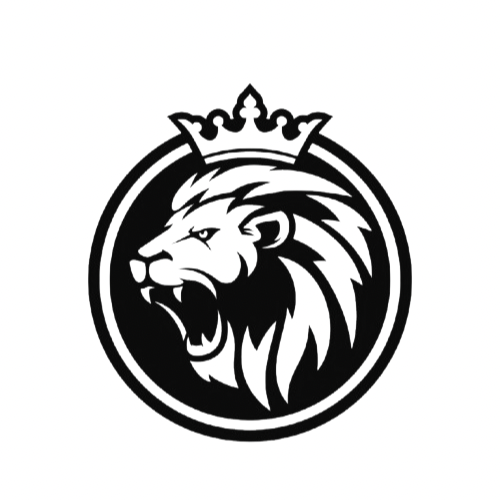#11: Naturally Boost Testosterone: 10 Science‑Backed Strategies to Reclaim Your Vitality
ROAR aestheticShare
Testosterone isn’t just about libido—it’s tied to energy, mood, muscle, bone strength, and heart health. While T typically declines ~1–3% per year after age 30–40, there are natural lifestyle tweaks you can make to optimize it.
1. Lift Heavy Weights & Train Smart
Strength training boosts testosterone acutely and builds muscle over time. Compound lifts (like squats, deadlifts, presses) deliver powerful hormonal responses—studies show resistance exercise generally elevates testosterone post-workout, especially when using large muscle groups and moderate rest intervals.
👉 Try this: start workouts with compound movements, rest ~60–90s between sets, and train large muscles first.
2. High‑Intensity Interval Training (HIIT)
HIIT also raises testosterone short-term, unlike long-duration cardio which may drop it.
👉 Sample session: sprint 30s, rest 60s; repeat 6–8 times, 1–2× per week.
3. Prioritize Quality Sleep
Testosterone surges during deep sleep stages (typically between midnight–6 AM) . Moving sleep under 6 hrs/night can plummet T levels.
🔥 Pro tip: aim for 7–9 hours, maintain a consistent schedule, and minimize screens before bed.
4. Eat Balanced Whole Foods
Diet fuels hormone production. Key nutrients include:
- Fats: 20–30% of calories—especially saturated & MUFAs. Meta‑analysis shows low‑fat diets decrease testosterone .
- Zinc & Magnesium: found in oysters, nuts, seeds, leafy greens.
- Protein & Carbs: support hormone synthesis and sustain training efforts.
5. Boost Vitamin D
Often called the “sunshine hormone,” vitamin D is tied to testosterone levels. A 2011 RCT showed supplementation significantly raised T vs placebo (10.7 → 13.4 nmol/L). A Mendelian study confirmed low 25‑OH D links with low T.
“When testosterone levels are low, vitamin D potentiates abnormal prostate tissue growth. With sufficient testosterone levels, it promotes normal … health.”
— Stephen Harrod Buhner
👉 Tip: Get 15–30 min sun daily or supplement with D3 to reach optimal levels (~40 ng/ml).
6. Control Stress
Chronic stress elevates cortisol—an enemy of testosterone.
🧘 Stress-busters: meditate, walk, breathe deeply, reconnect with nature or loved ones, and limit caffeine.
7. Maintain Healthy Weight
Higher body fat increases aromatase activity, converting T to estrogen. Resistance training + balanced diet = best route to lean mass.
8. Avoid Estrogenic Chemicals
Xenoestrogens—from plastics (especially BPA), parabens, and non-stick cookware—disrupt hormone balance. Switch to glass, natural cosmetics, and organic produce.
9. Limit Alcohol & Smoking
Heavy drinking and smoking are linked with lowered testosterone . Swap for sparkling water, herbal teas, or outdoor social activities.
10. Natural Supplements (Optional)
Some supplements show potential—fenugreek, ashwagandha, honey—but evidence is mixed. The foundations of sleep, diet, and exercise remain most effective.
🔗 Interactive & Further Reading:
- 🔬 Learn more on how resistance training boosts testosterone
- ☀️ RCT on vitamin D raising testosterone levels
- 📊 Systematic review: low-fat diets reduce testosterone
📣 Call to Action:
- 📝 Take the 7‑Day Hormone Habit Tracker: record your sleep, training, diet, stress, and supplements.
- 📅 Re-evaluate in a month—track changes in vitality, mood, and energy.
- 💬 Feeling low? Ask your GP for a full hormone panel before considering TRT or supplements.
